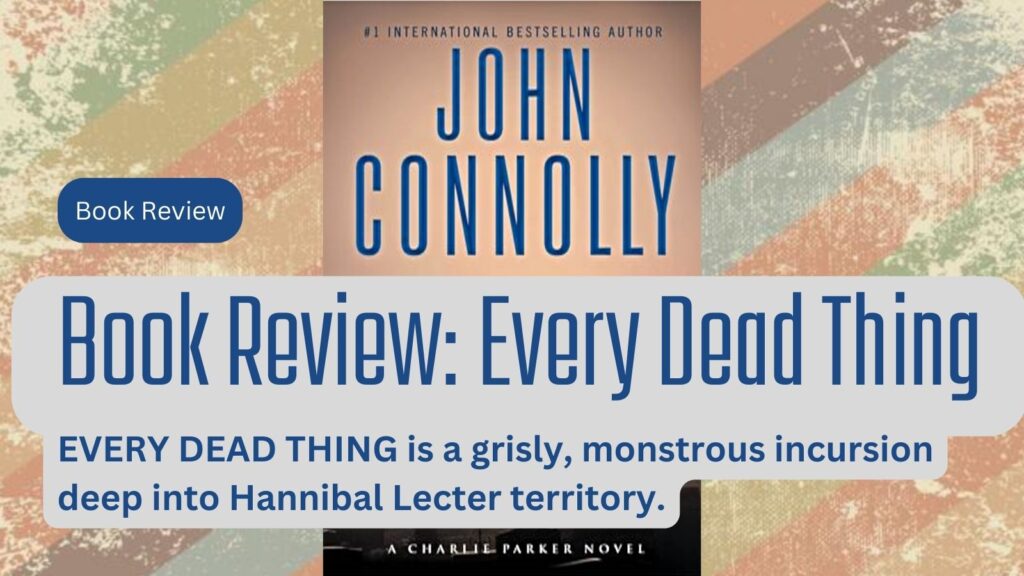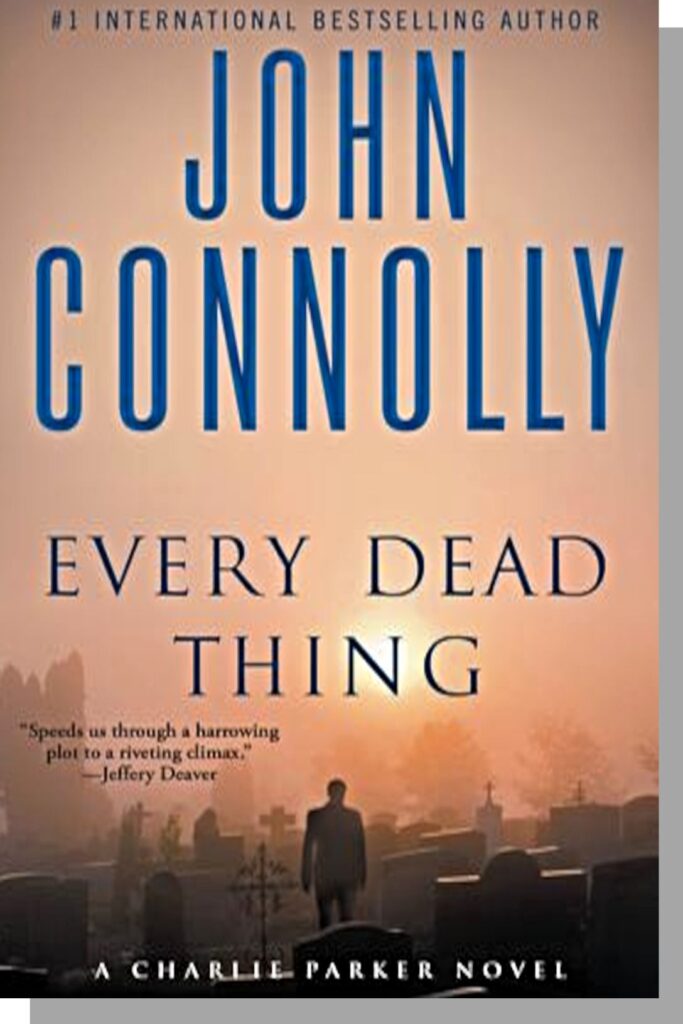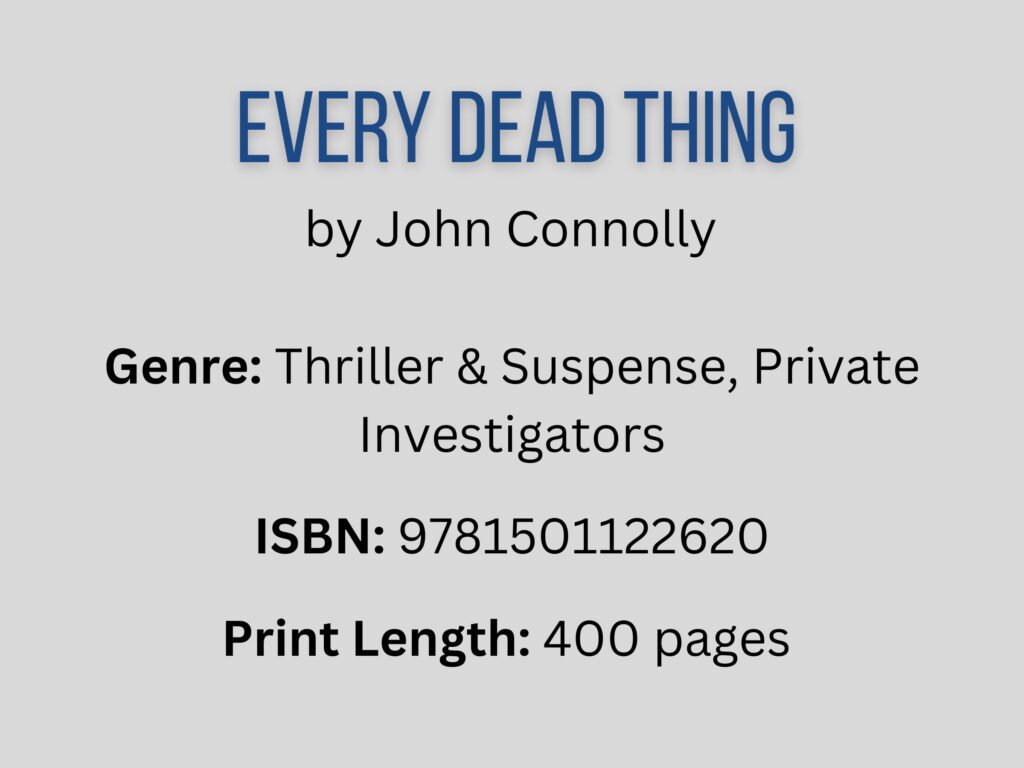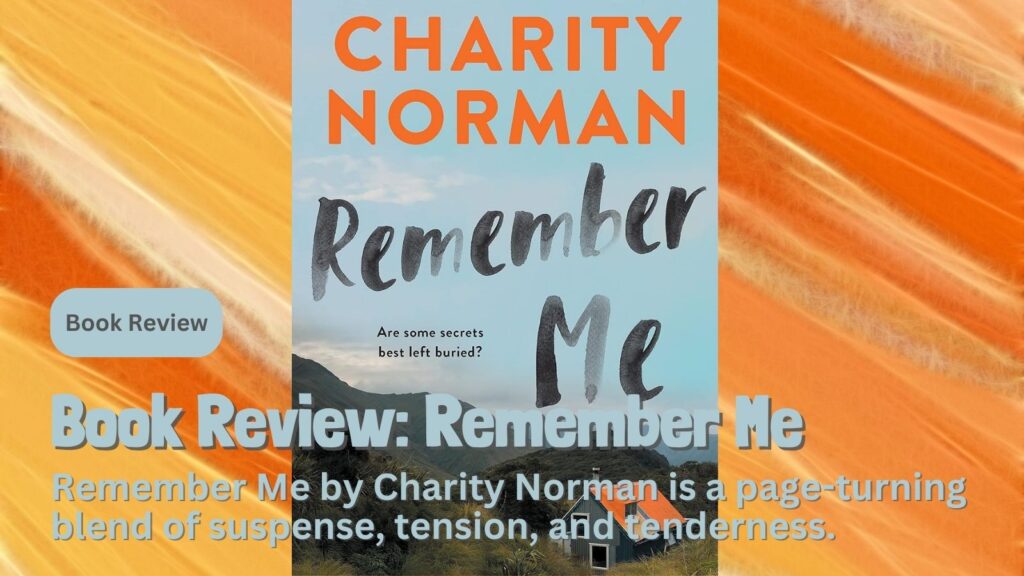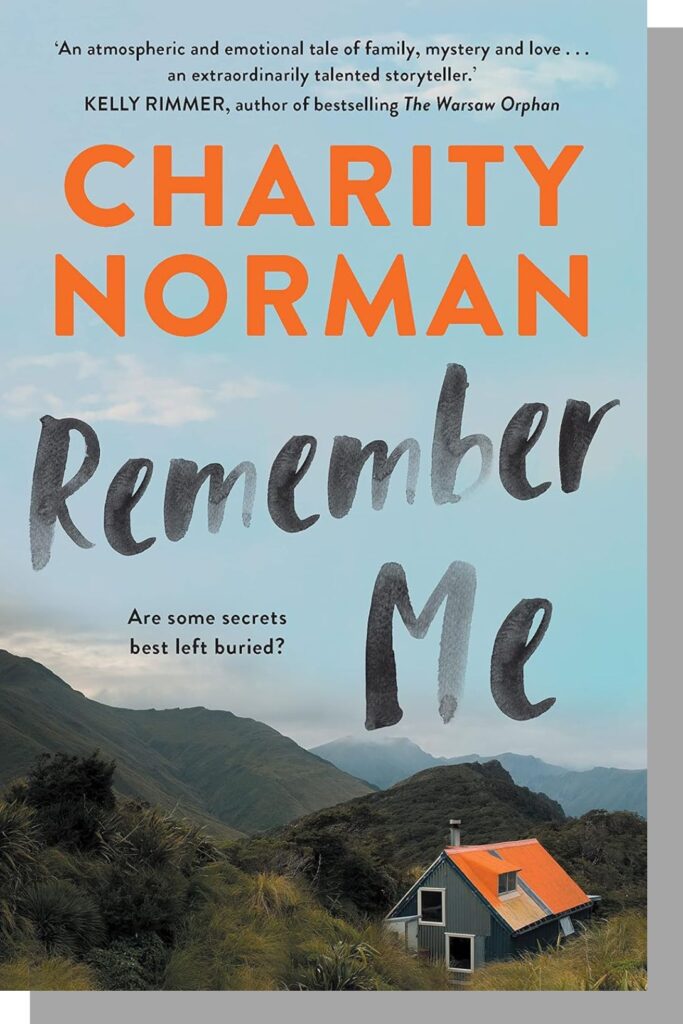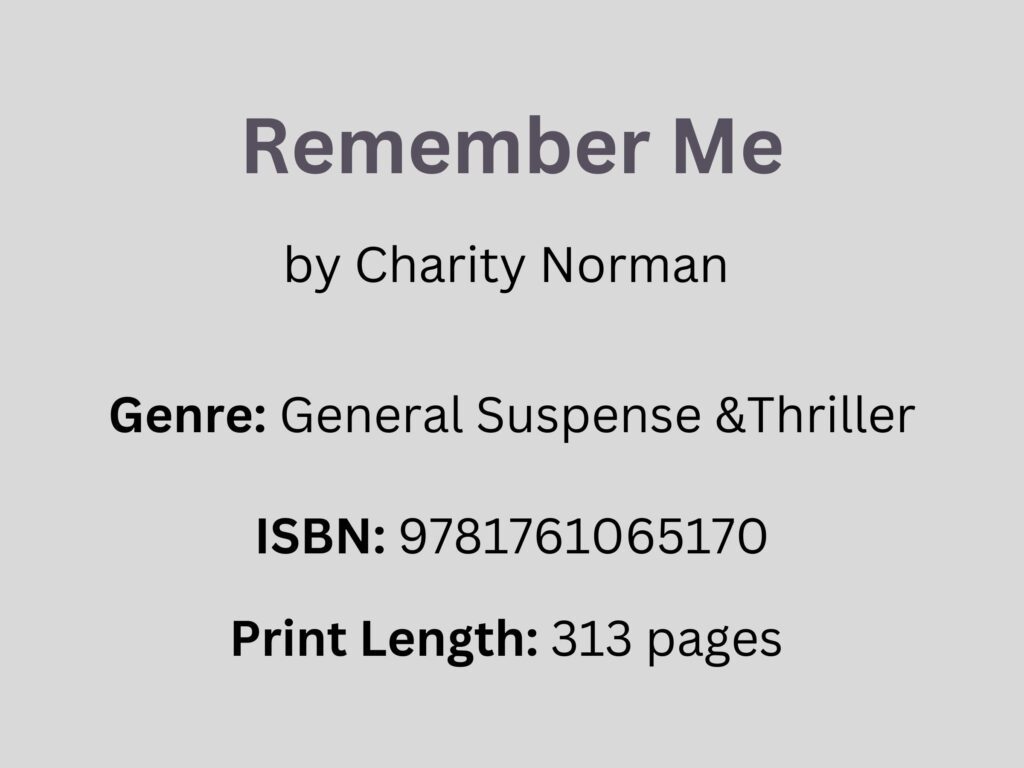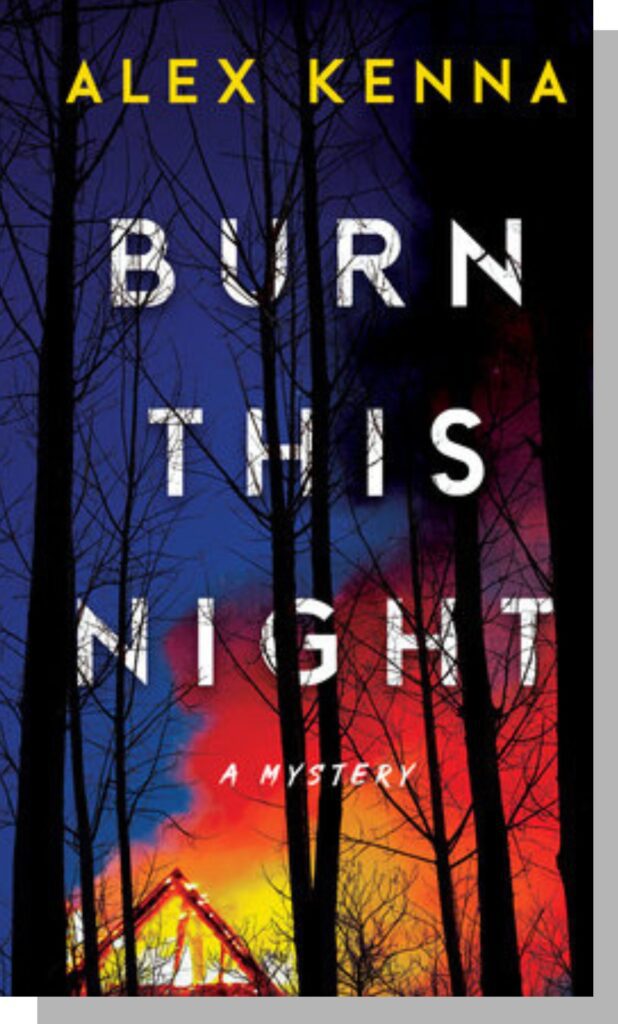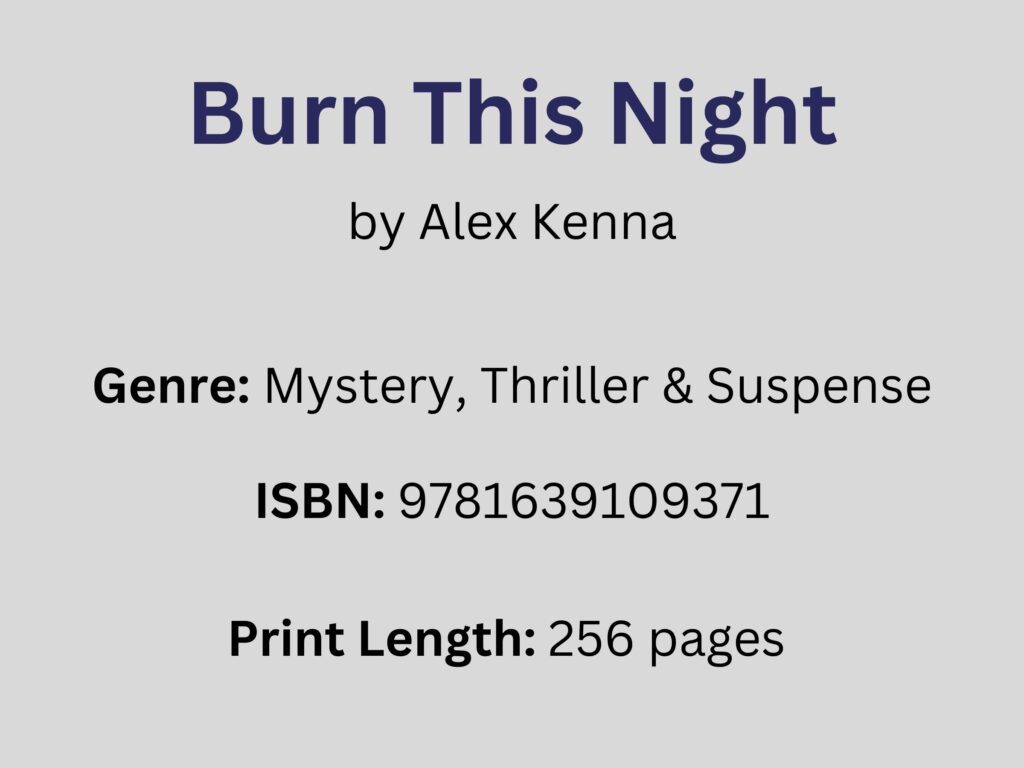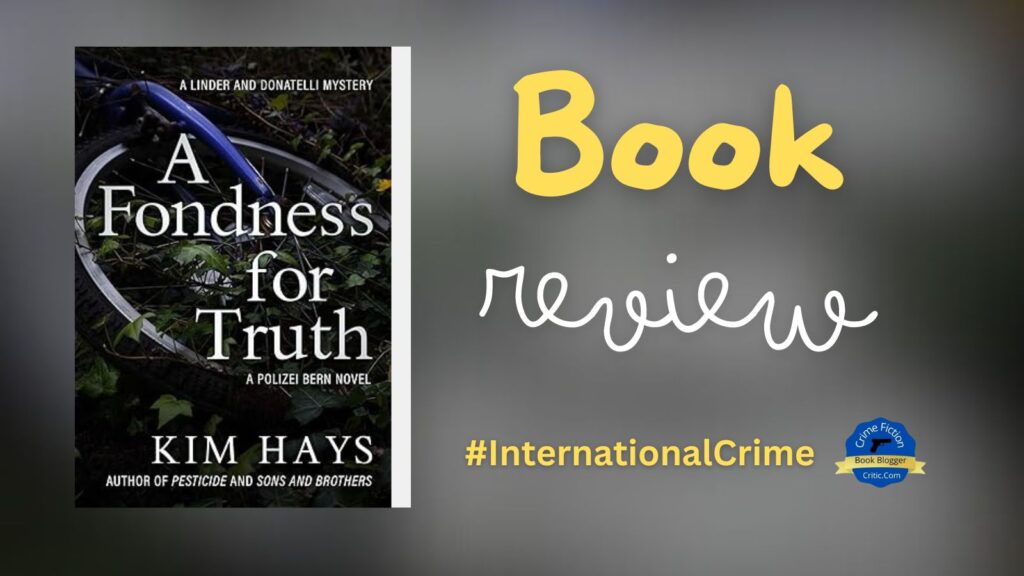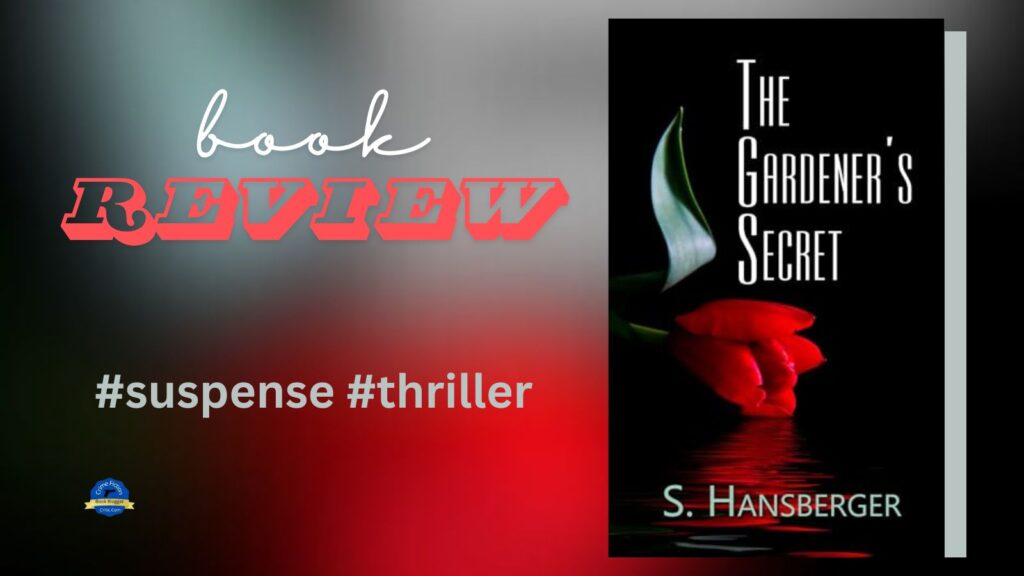Camino Ghosts by John Grisham Review
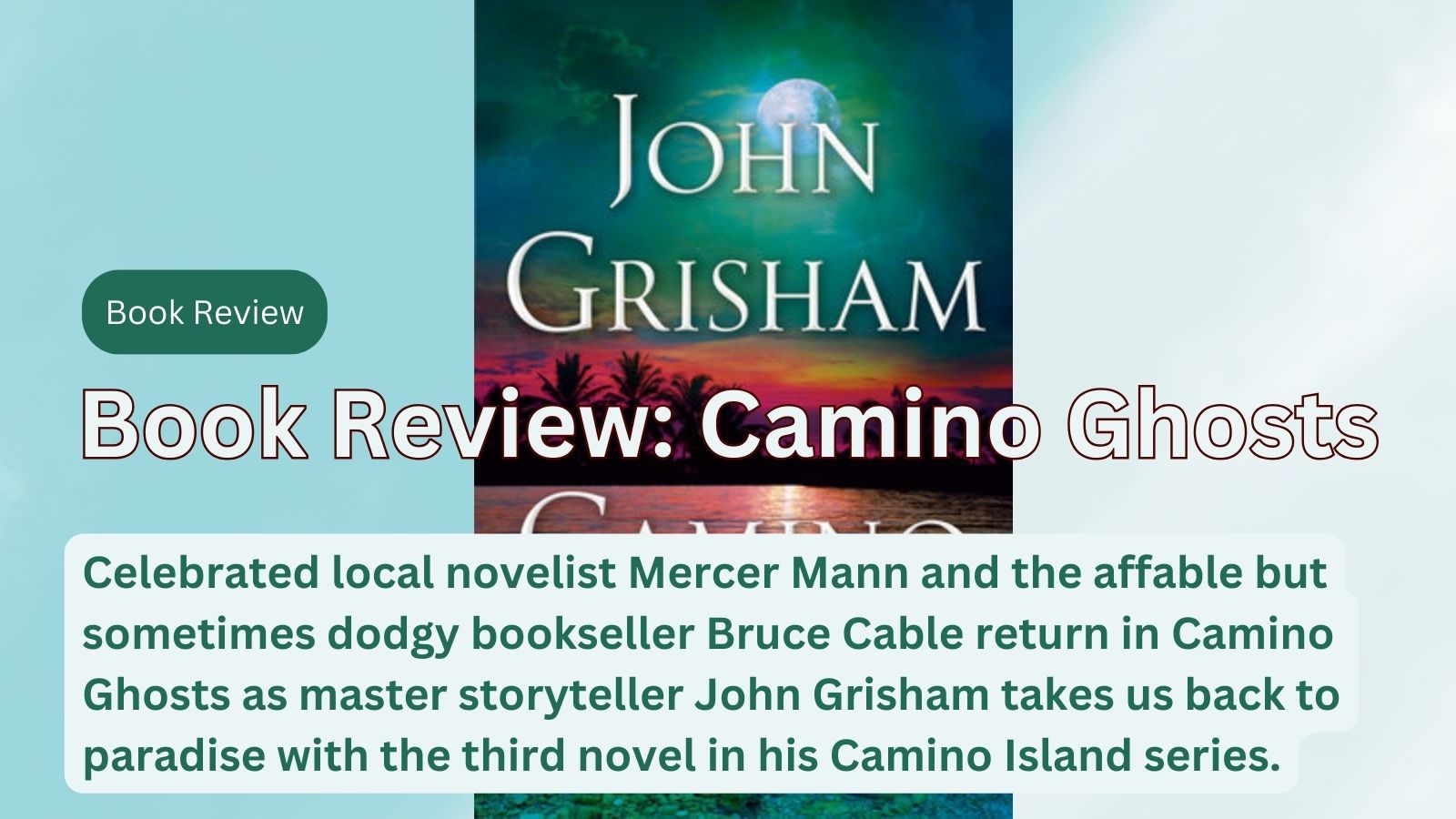
Celebrated local novelist Mercer Mann and the affable but sometimes dodgy bookseller Bruce Cable return in Camino Ghosts as master storyteller John Grisham takes us back to paradise with the third novel in his Camino Island series.
When you have a plot that includes the last surviving descendant of Africans formerly enslaved on plantations in the region who escaped and adapted to living in isolation for hundreds of years on a tiny barrier island off the coast of Florida plus a greedy Miami commercial real estate developer, it’s a recipe for an absorbing and heart-warming book you won’t regret reading.
I’m a longtime time fan of both John Grisham and his Camino Island series which represents a departure from the taut legal thrillers Grisham is best known for. I found the first two novels entertaining and immersive reads and the third book, Camino Ghosts, doesn’t disappoint. There is enough that takes place in a courtroom to remind us we’re reading a Grisham novel, but the true thrust of the plot lies elsewhere.
The story opens with Mercer returning to Camino Island for her wedding during the summer break from Old Miss where she is a professor. Mercer still hasn’t found a story for a second book to follow up her chart-topping debut novel when the ever-helpful Bruce introduces her to the true story of Dark Isle, and he suggests Mercer could fictionalize the story as her second novel. Dark Isle is one of two deserted barrier islands between Georgia and Florida. Sometime around 1750 it became a sanctuary for runaway slaves from Georgia. And Bruce says around 1760 a few of the surviving slaves from a slave ship returning from West Africa and bound for Savannah washed ashore after the ship broke up and sank during a storm. Bruce presses Mercer to read a self-published book written by Lovely Jackson, the last remaining descendant of the people living a life of isolation on Dark Isle.
Lovely Jackson claims ownership of Dark Isle as the last remaining descendant and heir. She claims in the book she was born there, lived there for the first fifteen years of her life, and all her people are buried there. Mercer reluctantly takes the book, but when she begins reading it on the plane on the way to her honeymoon in Scotland with her new husband Thomas, she can’t put it down. She wants to write a book about Dark Isle, but decides the story is better suited to non-fiction than a novel. After returning from the honeymoon, Bruce introduces Mercer to Lovely Jackson. They strike an agreement for Mercer to “borrow” Lovely’s story and to write a non-fiction book expanding the story of Dark Isle.
The stakes get raised when a Miami commercial real estate developer announces a plan to develop Dark Isle into a resort with a casino. Bruce brings Lovely together with a friend, a semi-retired famous environmental attorney, Steve Mahon. Steve opposes the proposed development of Dark Isle on environmental grounds and sees Lovely’s ownership claims as the best way to keep it from happening. After Bruce brings him and Lovely together, she agrees to allow Steve to represent her in a lawsuit against the state of Florida to gain legal title to the island.
I hesitate to categorize Camino Ghosts as a thriller like many of Grisham’s other books. Yes, there is tension and suspense at play, but I think it’s more of a general fiction literary work. It doesn’t make the book any less of an entertaining and worthy read. In addition to meeting again many of the main and supporting characters from the earlier books, Grisham introduces us to many fresh nuanced characters in this third installment. I’ve been a fan of Mercer and Bruce since the first book, but the character I loved most in this one was Lovely Jackson. I think she really steals the show, and her story overshadows that of the more familiar characters. After reading the excerpts from Lovely’s self-published book on the history of Dark Isle that Grisham sprinkles throughout the narrative, you can’t help but emphasize with her in her battle for justice against the greedy real estate developer. She is such a sympathetic and likeable character even when at times you aren’t completely certain about how much of her story is fact and how much is fiction.
Forget about taut, courtroom drama. Grisham’s signal triumph in this one is a tightly plotted, feel good read with a few nifty surprises in store for Grisham fans who expect nothing less.
Doubleday, a division of Penguin Random House LLC will publish Camino Ghosts May 28, 2024. I received an advance review copy of the book from the publisher via NetGalley used for this review, which represents my honest opinions.
Book rating: ★★★★★


